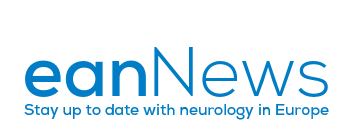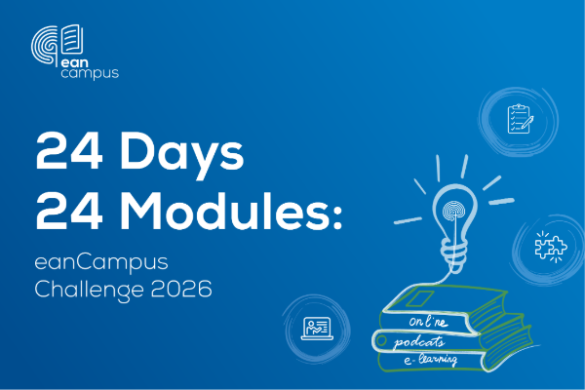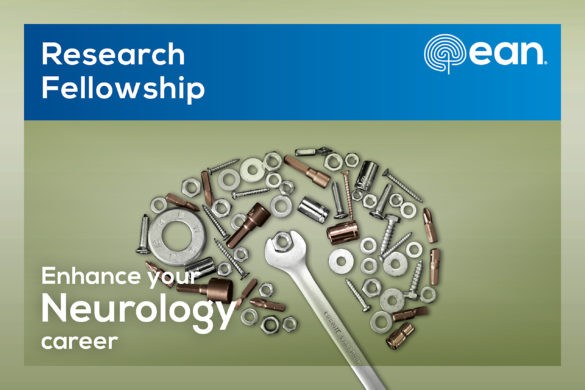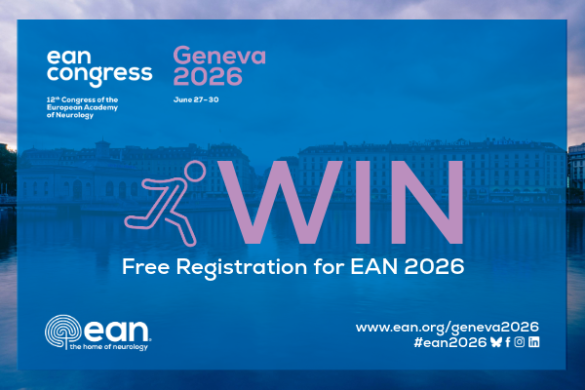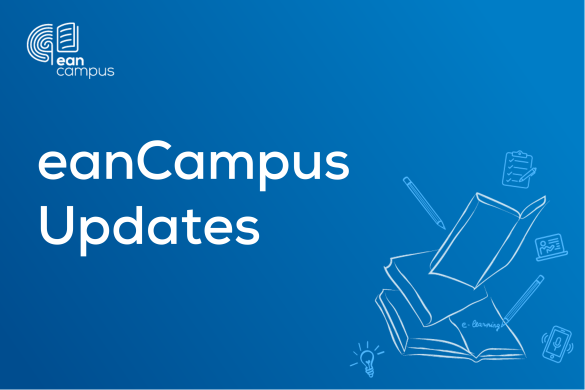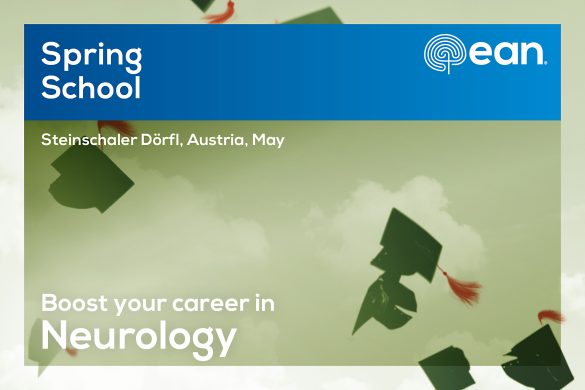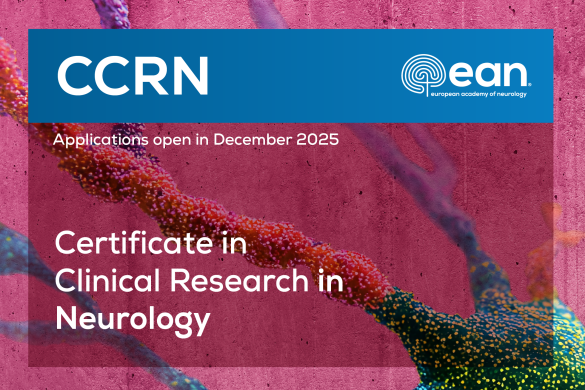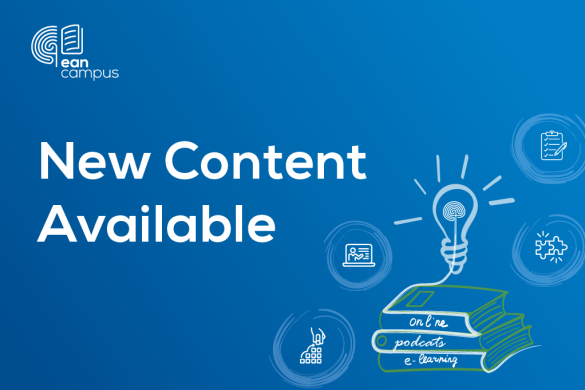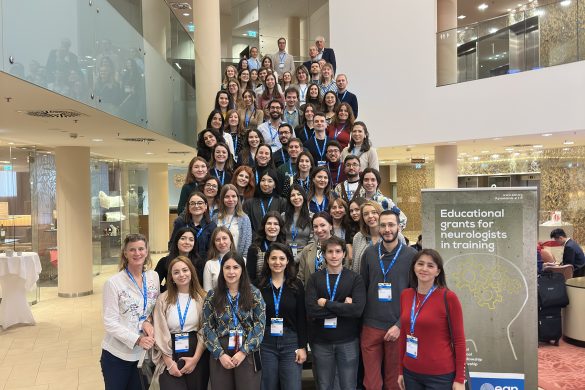The answer is a clear no. But it might help you make more time for things that really matter, increase your productivity, or help you avoid mistakes.
The technological shift we are experiencing right now with the improvements in artificial intelligence models was at the core of this career development session created by the RRFS.
The session featured three talks covering the breadth of current applications: in the clinic, in research, and in neuroradiology.
Missed the session? Watch it on demand on our Virtual Congress Platform!
Available to EAN members only -until the end of 2025!
Raphael Wurm, a founding member of EAN’s new task force on artificial intelligence in clinical neurology and neurologist at the medical University of Vienna opened the session by giving an introduction on artificial intelligence.
Covering everyday use cases that people might not be aware of, he further expanded on the seismic shift that happened with the leaps in large language models such as Chat GPT. Talking about the possibilities but also the limitations of this technology he mentioned that the most important change was the models’ ability to understand context in a way similar to humans, making them extremely useful for conversational and textual applications.
Current possibilities to use these in everyday clinical practice were presented, (e.g. automated note taking or decision support tool). He concluded that while this technology is here to stay, we are certainly in the early days and can expect the usefulness to increase dramatically in the coming years.
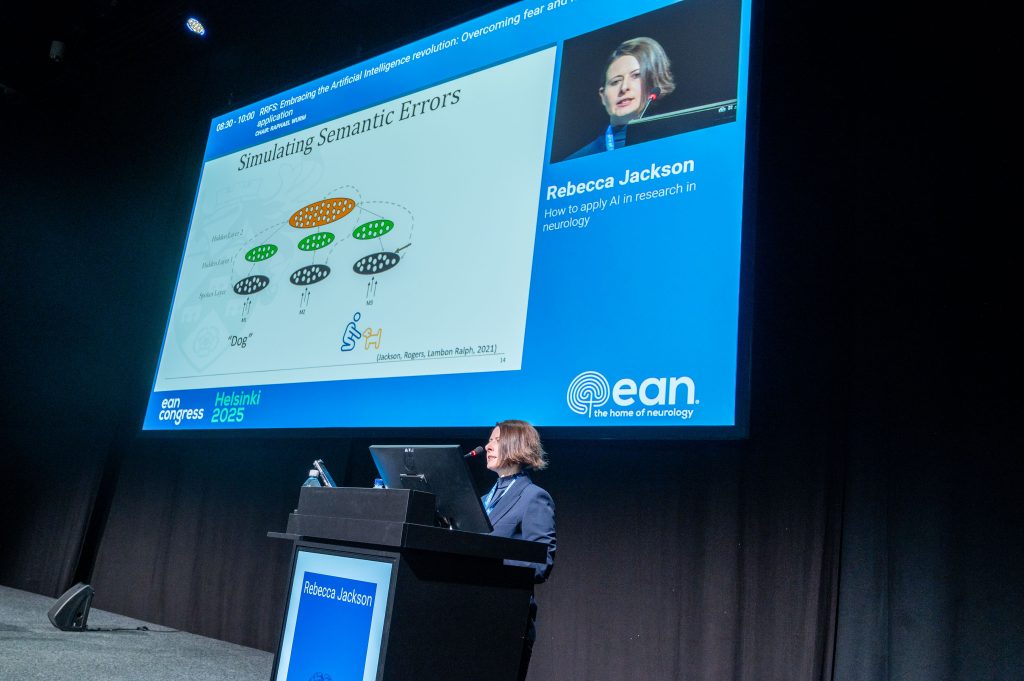
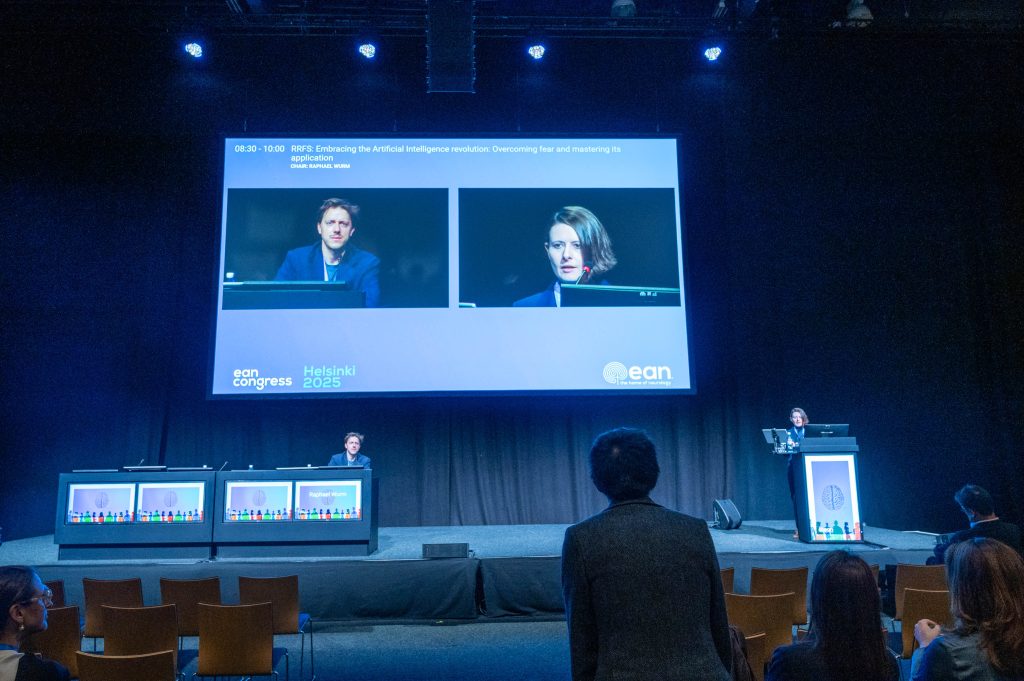
Next up was Rebecca Jackson, a lecturer in psychology at the University of York. She runs the NECSUS Lab (NeuroComputational Strategy to Understand Semantics), where she studies how the brain processes meaning using imaging tools and computational models, and of course artificial intelligence. She gave a brilliant explanation into how machines can learn, how they can go from training on a certain pattern to predict future events. She showed how this can be used to, for instance, predict treatment outcomes or adverse effects.
Neural networks were introduced, which form the backbone also of most AI models, and its similarities to the brain were explained. Using her research as an example, she explained that by damaging these networks at certain layers, we can model conditions like post-stroke aphasia and correctly predict the type of error a patient might be prone to make.
In the end, she showed how these and other models can be used in research right now to understand disease and improve outcomes.
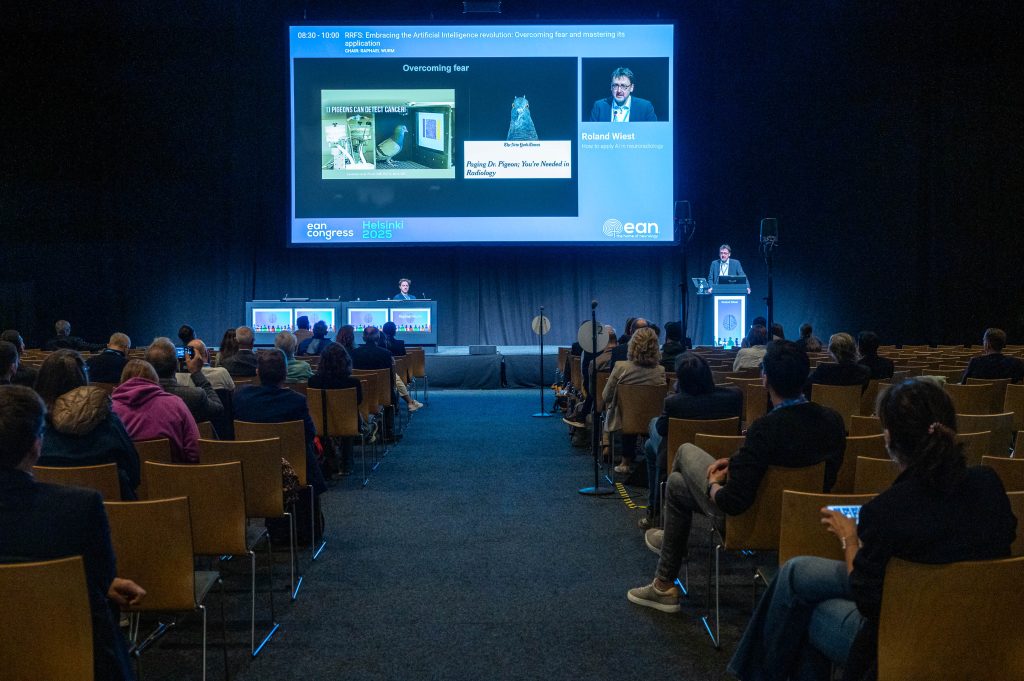
Lastly, Roland Wiest, Chair of the EAN Teaching course sub-Committee, a renowned expert in the field of AI in radiology and head of the Support Center for Advanced Neuroimaging (SCAN) at the University of Bern, where he also holds the first professorship in advanced neuroimaging in neuroradiology, concluded the session with his views on AI in neuroradiology.
He opened his talk with data on how humans make mistake, showing that while we have clear biological limitations, e.g. only being able to see so many shades of grey, we also suffer from many biases, like satisfaction of search. This means that when a reader found one pathology, they are often content and overlook other, unrelated findings more easily. He further showed fascinating footage of how pigeons can be trained to read pathological slides at high accuracy and then explained how his centre currently implements AI at many levels of the clinical process.
He concluded that AI is ready for prime time in (neuro)radiology and that the current bottleneck is not its capabilities, but the implementation into existing workflows. He highlighted that for the optimal use of this technology, we will need to adapt both at the technological, but also at the cognitive level.
All talks were followed by lively discussions that extended well beyond the session’s scheduled end, showing that this topic is of very high interest to EAN members right now.
Using this momentum, the task force on AI is working hard on bringing more practical resources to our members soon and will expand on this topic at the EAN Congress 2026 n Geneva.
We kindly ask our readers to take the time to fill out the following survey by 15 August, to help us learn more about the use of AI in clinical practice.
